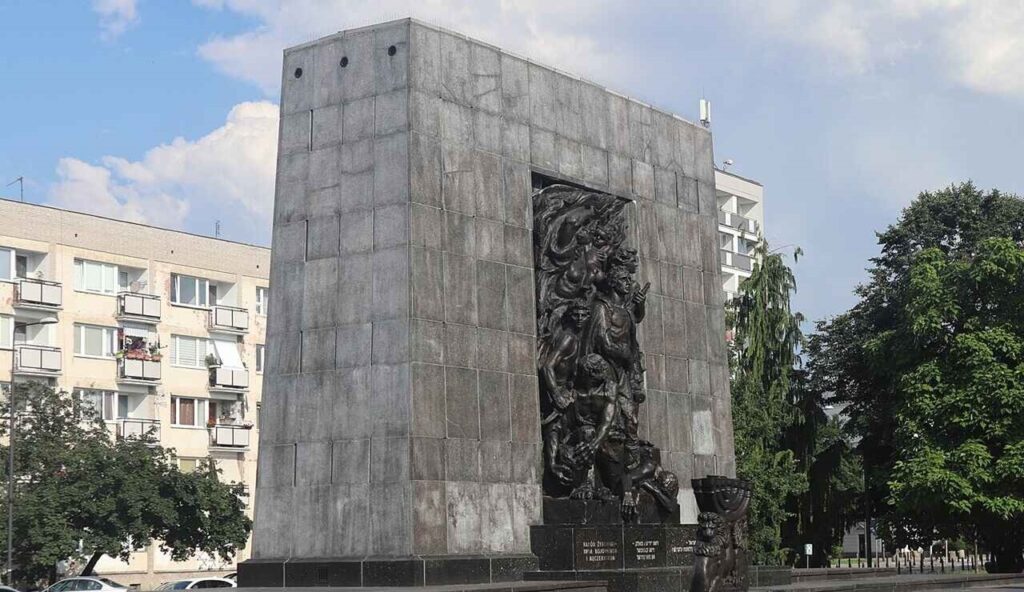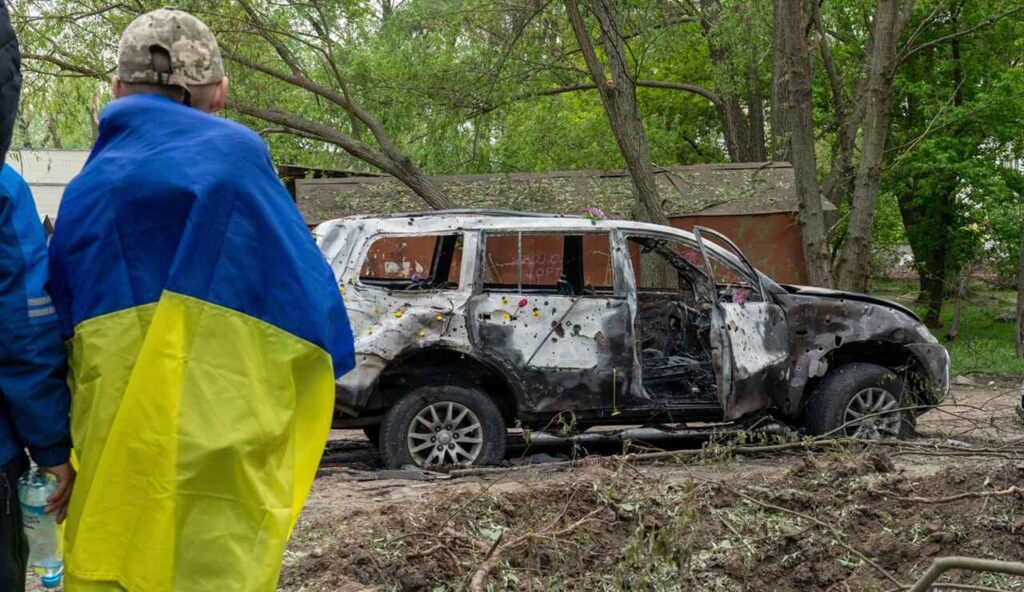
There Is Only One Way to Fight the Coronavirus
Health crises like the current COVID-19 outbreak have the potential to affect large numbers of people and disrupt health systems. The urgency and scale of a health crisis often mean that life-saving decisions about treatment and containment must be made quickly.
To ensure the best care for those infected and to limit transmission, it’s crucial that those decisions be based on evidence from research.
The director-general of the World Health Organization, Dr. Tedros Ghebreyesus, championed the need for research evidence to inform policy and decision-making in dealing with the coronavirus.
Together, we are facing #COVID19 & we must use the window of opportunity to intensify our preparedness for it.
— Tedros Adhanom Ghebreyesus (@DrTedros) February 16, 2020
And more than ever it’s time to let science & evidence lead policy. If we don’t, we are headed down a dark path that leads nowhere but division and disharmony. #MSC2020
A Global Health Security Index, the first comprehensive assessment and benchmarking of health security across 195 countries, found that not a single country in the world is fully prepared to handle an epidemic or pandemic, with 77 per cent of countries not demonstrating capability to collect real-time data.
Research evidence can help decision-makers respond in a timely manner in such situations. However, as my own research confirms, the most relevant and current evidence may not always be easily accessible. Based on my years of research on supporting evidence use in crisis zones, I outline five actionable strategies that make health research accessible and available to those making policy and clinical decisions.
1. Strengthen up-to-date and accessible research evidence websites.
Decision-makers face challenges in accessing evidence when dealing with a crisis, highlighting the need for evidence websites, such as Evidence Aid, to support timely use of evidence. My research has shown the importance of having a well-organized online source of relevant information that gives decision-makers fast, easy and efficient access to the best available evidence to make, inform or advocate for a decision. This includes ensuring that linked full-text articles are not behind a paywall that would prevent users from accessing the information.
In my research, I offer seven specific suggestions about how to improve evidence websites to better inform decision-making when dealing with a crisis:
- Provide advanced search features.
- Clearly state the site’s purpose and the kind of evidence it provides.
- Make evidence applicable in context, such as providing actionable points for crisis zones.
- Improve visuals for better readability and site experience, and provide infographics for key findings.
- Provide a mobile app or optimize the site for mobile devices.
- Increase transparency by ensuring information on funders and contributors is prominent.
- Highlight the important role of evidence in humanitarian aid.
2. Establish key networks to co-ordinate and share quality and timely evidence.
Decision-makers often rely on key stakeholders to share their knowledge and expertise in times of crisis. This reaffirms the importance of having networks in place to co-ordinate and share evidence.
For example, EVIPNet is a network established by the World Health Organizationto promote the systematic use of data and research evidence in health policy-making. EVIPNet provides important information such as country-specific summaries with the goal of sharing the information among key stakeholders.
3. Provide rapid evidence summaries.
Rapid evidence summaries are useful in a crisis when concise evidence that can be easily understood by non-technical decision-makers is required in a short time frame. A rapid evidence service is needed to answer urgent questions with the best available evidence in a short summary format, either alone or alongside stakeholders’ insights.
4. Turn research evidence into explicit actionable points such as checklists.
Many decision-makers addressing global crises emphasize the need to develop and communicate messages with practical value in widely used languages. These can be developed by research organizations that produce syntheses or systematic reviews, formats that lend themselves well to the development of actionable messages.
Knowledge brokers can fill in gaps by acting as intermediaries between the worlds of research and decision-making, helping to turn research findings into actionable points to support their use in crisis zones.
5. Increase the value of using evidence to inform interventions.
There is a need to increase awareness among decision-makers about the existence of available research evidence and its value in decision-making.
Professional judgement is known to play a key role in informing decisions. My research recognizes that decisions are not determined by evidence alone, but rather alongside professional opinion and other decision-making inputs. One way to increase the value of using evidence alongside professional judgement is to conduct a stakeholder dialogue that puts the research evidence alongside the tacit knowledge, real world views and experiences of decision-makers.
In responding to a health crisis, decision-makers draw on different types of information. Research evidence can help clarify problems, help frame options to respond appropriately and help address implementation considerations for interventions in specific contexts.
These five actionable strategies to support evidence use in decision-making can help ensure that the public is well-informed and decision-makers are basing their interventions to save lives on the best available research evidence.
This article by Dr. Ahmad Firas Khalid of McMaster University first appeared in The Conversation.
Image: A medical worker writes down a patient’s dietary information on a colleague’s protective suit inside Leishenshan hospital, a makeshift hospital to treat patients with the novelcoronavirus, in Wuhan, Hubei province, China February 16, 2020. Picture taken February 16, 2020. China Daily via REUTERS


